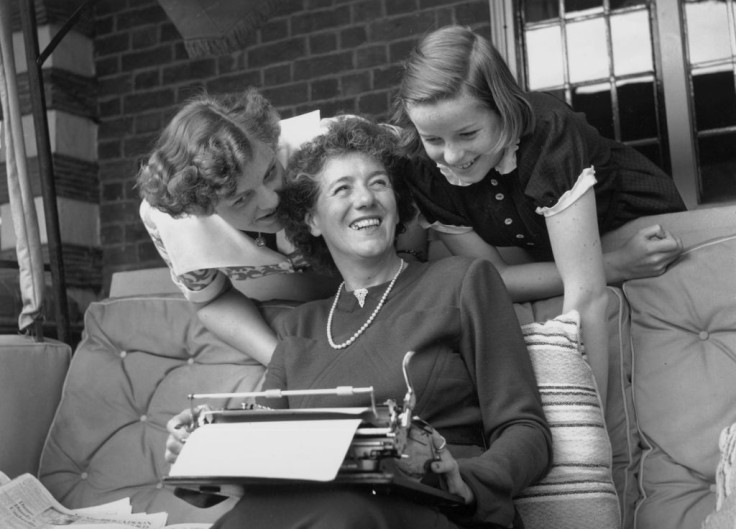Enid Blyton fans are not amused at how English Heritage branded the author’s work as racist and xenophobic. In the updated English Heritage information on the blue plaque of the writer’s Chessington home where she first wrote her stories, the EH described the author as a racist and a homophobe.
The updated description on the EH website and app reads: “Blyton's work has been criticised during her lifetime and after for its racism, xenophobia and lack of literary merit. She was a racist, sexist, homophobe and not a very well-regarded writer."
Blyton has had critics before her passing in 1968. In an article published in the Guardian dating 1966, the article accused her of racism over her book "Little Black Doll." The book which tells the story of a toy named "Sambo" is only loved by his owner once his "ugly black face" is washed "clean" by rain.
In 1960, her publisher Macmillan refused to print her story "The Mystery That Never Was," claiming that it had an “unattractive touch of old-fashioned xenophobia”.
But despite this, a number of critics have banded together with the Save our Statues campaign group and slammed the EH website update. They asserted that labeling the blue plaque guide for Blyton as a “perpetual insult”.
Members of the Enid Blyton Society say that the author's detractors have failed to read her stories “in the context of the time her books were written”. Had Blyton been alive today she would have written her books differently.
According to the BBC, the Royal Mint's standing committee turned down Blyton's posthumous bid for the commemorative 50 pence after the idea was discussed at a meeting of the Royal Mint's advisory committee in December 2016. The committe held a thumbs down on grounds that her writing was racist, sexist and homophobic. The snub infuriated the author’s fans who insist her books have inspired generations of children to read.
We have no plans whatsoever to remove any of our blue plaques.
— English Heritage (@EnglishHeritage) June 17, 2021
We'll continue to update our website so that the story behind each plaque – and each person – is told in full. https://t.co/wAgxo6KGmQ
In response to the backlash, the EH says it is merely is trying to "better reflect today's values". By making these updates to its online entries about its blue-plaque recipients, the organization said its updated information was written "to provide a fuller picture of each person's life, including aspects that people may find troubling”.
Other important historical figures have also come under attack from the “woke cult,” gearing the organization to update the online profiles of Benjamin Franklin and Rudyard Kipling as well. Both blue plaque recipients now have fresh sections on their attitudes to race, slavery and empire.
Meanwhile, EH, which manages over 400 historic monuments including Stonehenge, stands in defense of its move. In the face of anger from Blyton's fans, EH tweeted: “We'll continue to update our website so that the story behind each plaque – and each person – is told in full.”
While the Save our Statues campaign group said today: “Just like adding plaques to statues, blue plaques now exist to denigrate British history and its figures. Better the plaque come down than stand as a perpetual insult.”
The organization doubled down on the changes to its website, but said they had no plans to remove Blyton's blue plaque.

© 2025 Latin Times. All rights reserved. Do not reproduce without permission.



